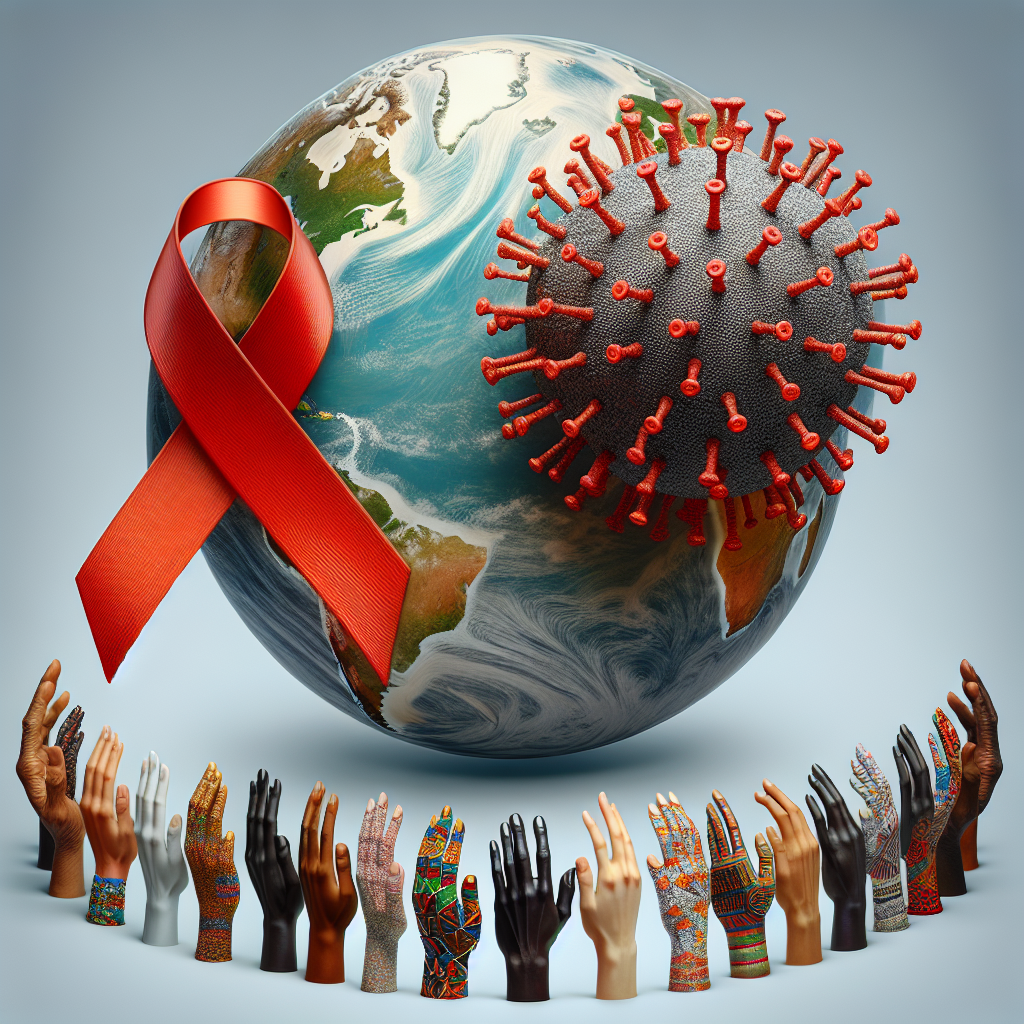The Human Sciences Research Council (HSRC) has released the findings of the Sixth South African HIV Prevalence, Incidence, and Behaviour Survey (SABSSM VI), highlighting key trends in HIV prevalence and treatment in Gauteng for 2022.
Prevalence Statistics:
Gauteng's HIV prevalence was 11.9% in 2022, slightly lower than the 12.1% reported in 2017. This equates to approximately 1,720,000 people living with HIV (PLHIV) in the province, a marginal decrease from the 1,780,000 recorded in 2017.
The highest prevalence was among individuals aged 25 to 49 (20.0%), with females experiencing higher rates (24.9%) compared to males (14.1%). The prevalence peaked at 32.2% in those aged 50 to 54, up from 31.9% in the 35 to 39 age group in 2017.
District Variations:
Among Gauteng's five priority districts, Sedibeng reported the highest HIV prevalence at 13.2%.
Antiretroviral Treatment (ART) Coverage:
ART coverage in Gauteng has risen to 73.4% in 2022 from 56% in 2017, with an estimated 1,210,000 PLHIV receiving treatment. ART coverage was lowest among those aged 15 to 49 (72.4%), and there were notable disparities in ART use between genders and districts, with the West Rand and Ekurhuleni reporting the lowest coverage rates.
Knowledge of HIV Status:
A significant proportion of PLHIV aged 25 to 49 are unaware of their HIV status or not receiving ART. Knowledge gaps are particularly concerning among adolescents and youth aged 15 to 24, who also exhibit higher rates of not knowing their status or being on ART but not virally suppressed.
Sexual Behavior and Prevention:
The percentage of adolescents and youth aged 15 to 24 reporting sexual debut before 15 decreased from 14.8% in 2017 to 13.2% in 2022. The prevalence was higher among males (17.8%) compared to females (7.9%).
Multiple sexual partners were reported by 7.8% of people aged 15 and older, a decrease from 12.8% in 2017. Males were more likely to report multiple partners compared to females, and those aged 15 to 24 had higher rates compared to the 25 to 49 age group.
Condom use with the most recent sexual partner declined to 30.3% in 2022 from 36.3% in 2017. Consistent condom use was notably higher among adolescents and youth (32.1%) compared to older age groups.
Recommendations:
The survey emphasizes the need for enhanced prevention efforts targeted at high-risk groups, such as women and young people, to address the ongoing challenges in managing HIV in the province.











